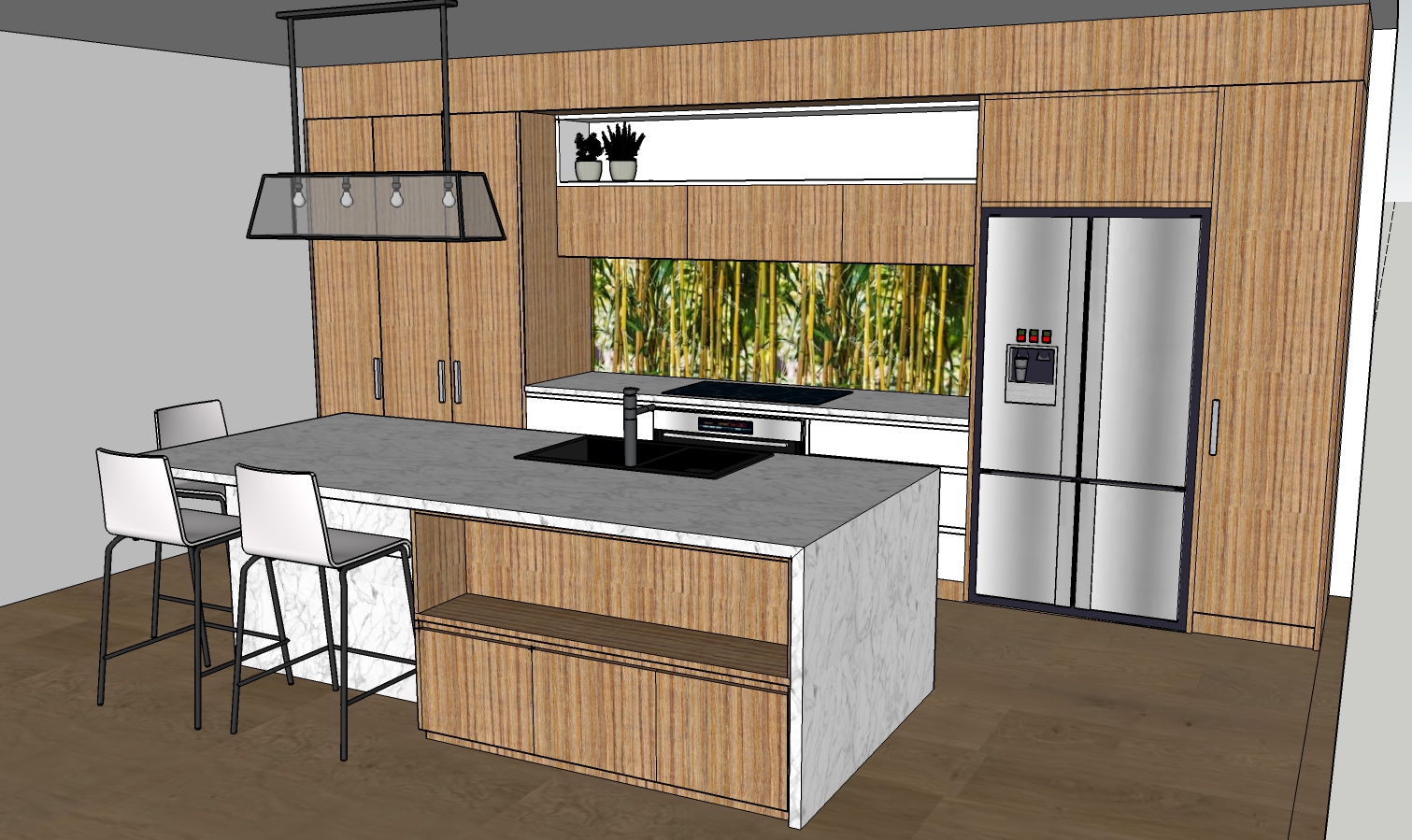
This will break the relationship of those components with those in the original cabinets. Select the horizontal components in these copies of the cabinets (I show the components in the upper cabinet selected), right click and choose Make Unique. In the image above I’ve moved the right hand case sides and face frame stiles to the right 3 inches with Move. On the upper cases, there are different standard heights so you’ll want to take that into consideration when naming those parts.Īfter making the initial upper and base cabinets, copy them over to the side a little bit with Ctrl+Move. Parts such as the case sides and face frame stiles will be the same from cabinet to cabinet so they don’t need special names. This will make them easy to identify in the cutlist. All of the components which have dimensions that are determined by the case width get Definition Names that reflect the case width. Of course I’ve copied and flipped components that have mirrored counterparts such as the case sides and face frame stiles. Since a detailed cutlist is one of the goals, I’ve drawn all the parts we’d make in the shop as individual components. I began with standard 12 inch wide cabinets. I’ve started by drawing simple upper and base cabinets. We’ll need a library of components to use in our kitchens. Here are some suggestions for an approach that will make laying out kitchen cabinets an easy job.


He also wants to be able to create a cutlist from the components in the model. He was asking for suggestions on how to make this an efficient task. I had an e-mail today from a reader who is interested in using SketchUp for laying out kitchen cabinets.


 0 kommentar(er)
0 kommentar(er)
